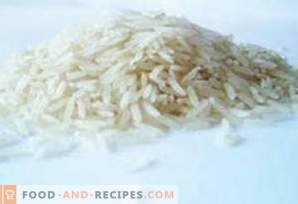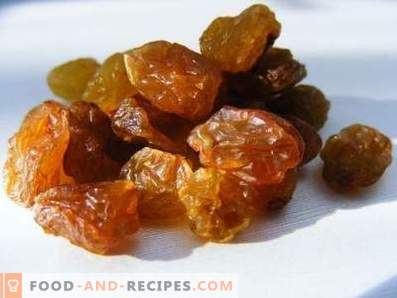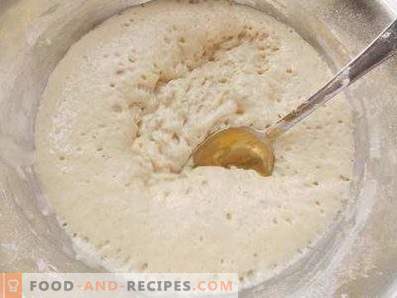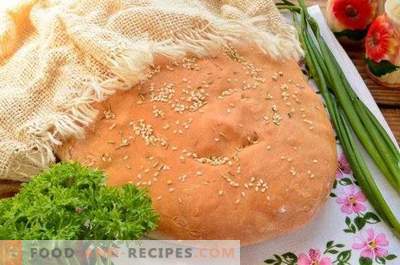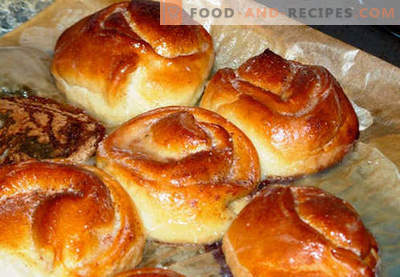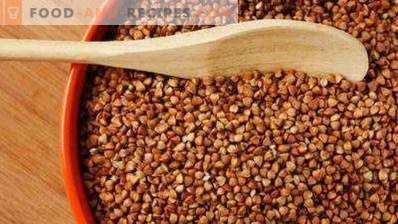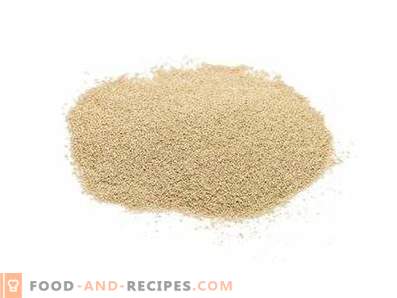
Yeast is the smallest fungus that actively reproduces in a favorable environment. Yeast is widely used for the preparation of various alcoholic beverages, but more often with their help bakery products are prepared. It is worth noting that the yeast is a living unicellular microorganism, so it cannot be poured with liquid above 50 degrees, nor can it be repeatedly frozen and thawed.
The amount of yeast in one spoon
How many grams of yeast are contained in a glass, teaspoon or tablespoon, see the table below:

We also offer a table that will measure 3, 4, 5, 6, 7, 8, 10, 11, 15, 20, 25, 30, 40, 50, 100 grams of dry yeast without weights using a cut glass, tea or tablespoon.
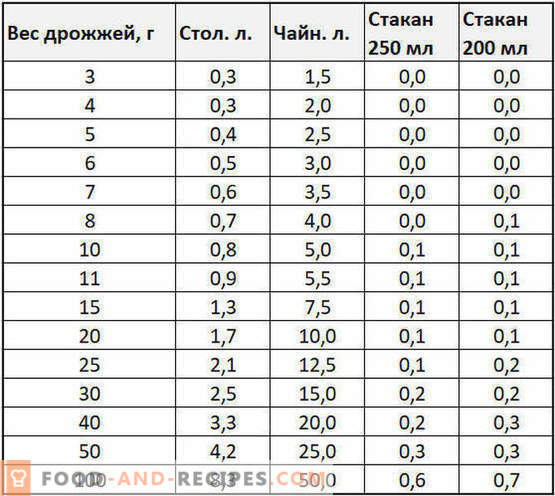
Dry or pressed?
Compressed and dry yeasts are completely interchangeable. However, unlike dry, fast-acting yeast, it is necessary to “wake up” them with warm water or milk before using them. The proportion of replacing dry yeast with fresh pressed yeast is 1: 3. That is, 10 g of dry product accounts for 30 g of compressed.
Therefore, if your recipe says to add 30 g of compressed yeast to the dough, you can safely replace them with 10 g of dry yeast and vice versa.
That's all math.

